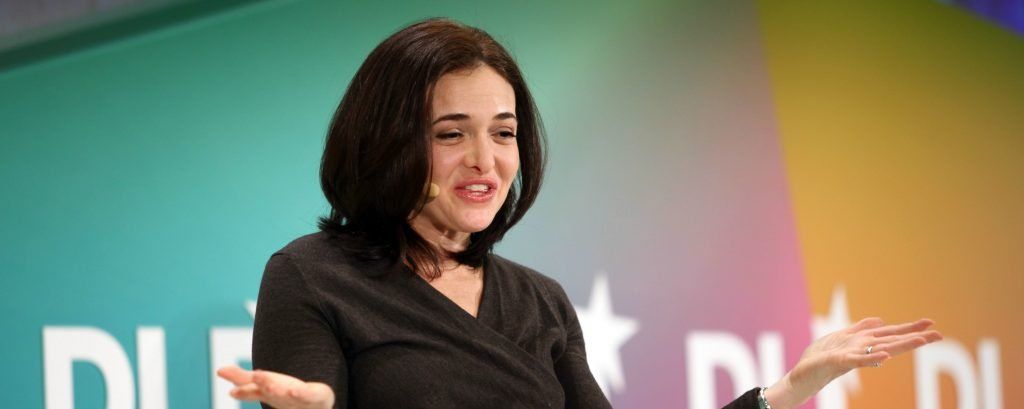For more than thirty years, developing countries’ economic problems have created major financial crises in the international community. Developing countries have continued to be so due to their low-income economies. African and Middle East countries live in ethnic, diverse areas and are subject to political instability and problems than Asia and Latin American countries that reside in more homogeneous neighborhoods.
There is more cost involved in the inhabitants of workers and who belong to different ethnic organizations because of the variety, cultural differences, language, and religion. The purpose of this financial development model is to handle economic stability, the issues (value inhibitors), solutions (value drivers), the strategies and implementations of the financial enhancement in order to help the developing countries are less dependent on developed countries.
So many reports have been conducted on developing countries, but none of them of the studies have focused on how the developing countries could apply or use the economic models with less participation of the industrialized countries. World Bank and US ought to minutely analyze any potential foreign aid application while concentrating on this model for developing countries.
- Wrong: All candidates must definitely provide two xeroxed copies of their program forms
- Business Partner Master Data
- Cypress Supercenter
- They make school dull
- Defect Severity
- Computer Applications in Business 1 (8200520) (RTF)
- Research your core industry and market
- 2 2/4″ x 3 3/4″ (2.25″ x 3.75″)
This model will enhance in devising a strategic method of monitoring the developing countries before distributing the fund to those that may not use the model or practice noncompliance. The useful sense of the use of the model is to raise the developing countries to economic success and balance, and reduce their dependency on developed countries. In developing countries, most market leaders differently behave and think.
Although, these may not be tolerated by developed countries, they are the norm and derive from their ethnicity, beliefs, religion, culture, social classes, and assumption of supremacy. Negotiating and managing conflicts in developing countries is a matter of understanding the genetic makeup of that country. Diversity may create needs but these needs don’t need to be neglected to be able to produce a balance among the cultural or sectarian groupings. Western countries’ style of negotiating and resolving issues may not be relevant in the developing countries where religion and ethnicity have consistently impacted the management in those countries.
Hence, the inefficient and ineffective leadership has resulted in interpersonal development and economic neglect that have triggered the worse overall economy and poverty in those areas. If politics are reserved and financial benefits are placed in the forefront by these developed countries, the chances of conflict quality shall be increased.
Leaders who’ve vision for change may consider what the impact of the financial and market development will have in the long-run, and in the locations and in the life of its residents. The social problems in Malaysia exist because of the ethnic Chinese who aren’t Muslim in a country where over 90 percent of the populace is Muslim. In developed countries, situations create concentrate on civilization and leadership, where civilization styles leaders and leaders form civilization. Power is treated as a shared resource, but in most developing countries coercion is the system used by leaders. Leaders use physical, economic, and social punishments and threats to stimulate change in followers for the sake of the leaders.

